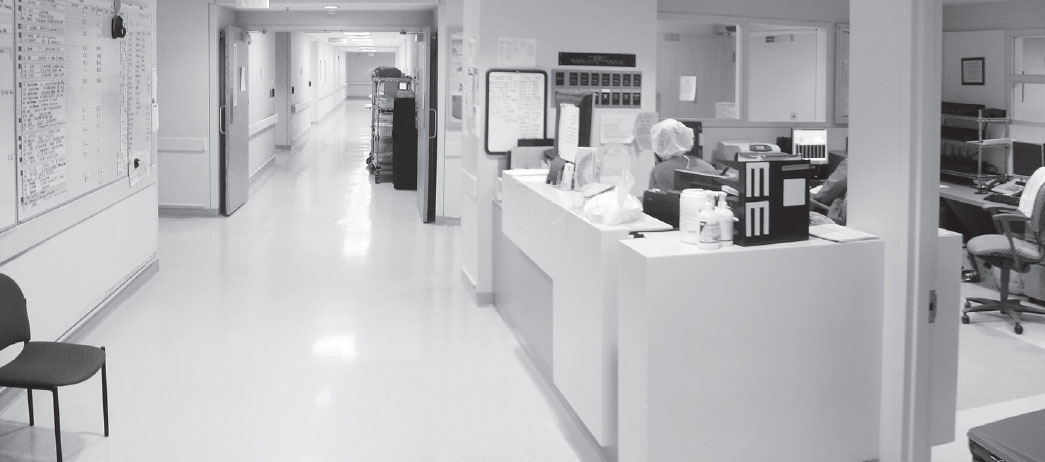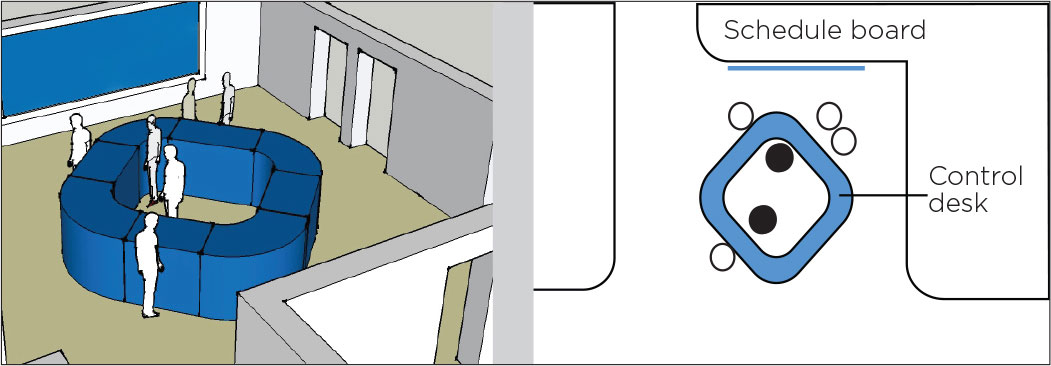035 Evidence-Based Design
Effective design decisions based on credible research and assessed outcomes
• Evidence-Based Design (EBD) and Evidence-Based Research connect evidence and application, or the applied use of known theories validated by research.
• EBD is applicable across the spectrum of design disciplines for improving service and product touch-points within any environment.
• The primary tenets of EBD are to enter the problem unbiased, employing traditional research methods and factual evidence to influence design decision-making.
• Methods include credible literature reviews and comparative analyses, case studies, and documented post-use evaluations of existing design.
• EBD should also include documented site visits, surveys, interviews, and other means of collecting information.
• Design decisions should be linked to measurable outcomes to justify return on investment, such as reduced infection rates or decreased staff injuries.
See also Case Studies • Literature Reviews • Secondary Research

Figure 1. An existing surgical suite control desk and schedule board.

Figure 2. Three dimensional sketch of new control desk and schedule board. New floor plan of same. Black circles are control desk workers: white circles are information seekers.
This material is based upon work supported by the National Science Foundation under Grant No. IIS-0325047. Courtesy of Peter Scupelli
An Evidence-Based Design of a surgical suite requires that research informs design decisions, hypotheses are linked to outcomes, design is evaluated, and results are published.
